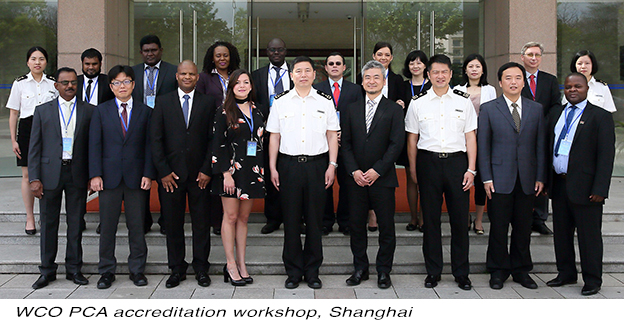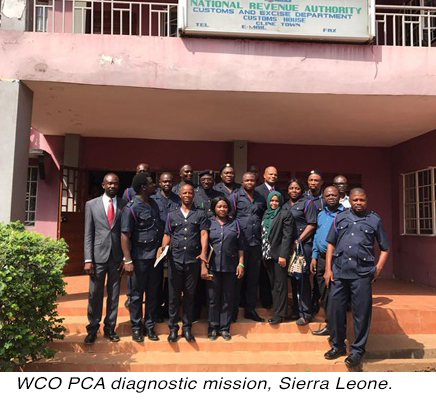Post-clearance audit enhanced by extra tools - WCO ramps up its global implementation plan
- News Feed
- Tuesday, 20 June 2017
THE WORLD Customs Organization (WCO) is stepping up global implementation of new post-clearance audit (PCA) tools, holding a series of workshops and arranging diagnostic missions to help national Customs and related border control administrations.
 PCA is important to the smooth flow of international air cargo. It is not a new concept but has in the past been undertaken only in some countries and in differing formats. Its evolution and application of standards have been increasingly significant, as has as achievement of a more universal approach.
PCA is important to the smooth flow of international air cargo. It is not a new concept but has in the past been undertaken only in some countries and in differing formats. Its evolution and application of standards have been increasingly significant, as has as achievement of a more universal approach.
This new phase of PCA is part of the Trade Facilitation Agreement (TFA) aimed at reducing red tape, streamlining Customs systems and smoothing international trade flow through compatibility, including the use of trusted trader schemes. It also features capacity-building support for "least developed countries".
As we outlined in reports earlier in the year explaining the importance of this global agreement (supported strongly by Australia, NZ and other Asia-Pacific countries), the TFA came into effect on February 22.
Two new PCA tools were endorsed by the WCO's enforcement committee in March 2015.
One of these helps Customs administrations visualise through practical exercises the benefits that can derive from international standards application, while the other provides field auditors with reference materials on audit techniques.
Early workshops provided hands-on feedback for fine tuning of the tools, moving into a further stage of diagnostic missions, joint reviews and subsequently accreditation workshops.
Several countries have contributed funds and personnel to achieve this.
An Asia-Pacific workshop in Japan last September, supported financially by the Japanese Customs Cooperation Fund, drew delegates from 23 countries in the region. These were primarily mid-level Customs managers in charge of PCA.
 A number of issues were raised and discussed with a special interest in the question of how best to ensure co-operation with traders.
A number of issues were raised and discussed with a special interest in the question of how best to ensure co-operation with traders.
Participants exchanged information and views about their legal authority, policy tools and measures in place in their administrations in order to come up with possible options.
The WCO is now working on a comprehensive revision of the Guidelines for Post-Clearance Audit, which it intends to complete before the end of June 2018.
An experts group workshop was held over five days at the WCO headquarters in late April with participants sharing their knowledge and experiences through presentations and group discussions. A further workshop is planned within the next few months.
Recently (May 22-26) the WCO organised a global accreditation workshop for PCA technical and operational advisers in Shanghai. A similar event for French speakers was held in Brussels.
A three-phase approach has been implemented for the accreditation process: Pre-screening, participation in a WCO accreditation workshop and final evaluation carried out by a qualified expert during a field mission.
PCA controls are defined by the Revised Kyoto Convention, as measures by which Customs administrations satisfy themselves as to the accuracy and authenticity of declarations through the examination of the relevant records, systems and other data held by those concerned.
This allows Customs and other border regulatory authorities to apply a multi-layered risk-based control approach by moving from a strictly transaction-based control environment to a stronger audit-based regime.
Transaction-based controls are those controls applied to each individual shipment at the time of crossing the border such as physical examination, verification of value, origin and classification of goods, sampling, verification of certificates, licences and permits, etc. These may not only be inefficient and sometimes ineffective, but also offer scope for corrupt practices.
Audit-based controls are a prerequisite for authorised trader programs as well as application of other trade facilitation measures, especially segregation of release and clearance.










